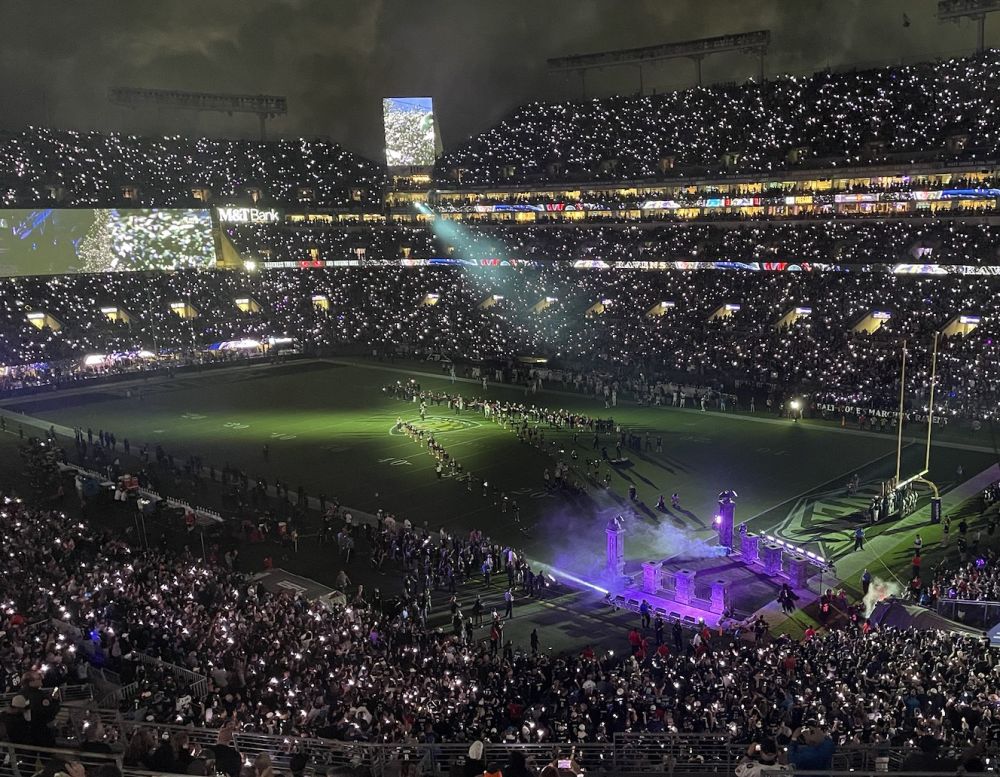We knew this season would be bad for the Orioles.
When the most optimistic of forecasts suggest a club might find a way to avoid 100 losses, you know you’re nowhere close to being in a good place. But general manager Mike Elias and the new Orioles regime made no false promises after a 115-loss season, easily the worst campaign in club history.
There were never going to be shortsighted moves made in the name of a quick fix, nor should there have been. The goal is to build a championship-caliber organization in the years to come — not to exhaust enough resources to lose 92 games instead of the number with which the Orioles will ultimately finish. Signing Manny Machado and Bryce Harper wouldn’t have transformed this year’s team into anything close to being a contender, let alone spending money on lesser players to try to grab a few extra wins that no one would have cared about in the big picture.
In other words, no one should be surprised Baltimore owns the worst record in baseball as the season nears its midpoint. But that hasn’t made it any easier to watch on a nightly basis — if you still have the stomach for it in late June. Those suggesting it couldn’t get worse or citing historical examples as a reason to anticipate some slight improvement in the win-loss department were clearly wrong.
After a 1-6 road trip that included three losses to a Seattle team that had gone 19-44 since a 13-2 start to begin the season, the Orioles are now on pace to lose more games than they did last year. Brandon Hyde’s club has gone 9-34 since last winning back-to-back games to improve to 13-22 on May 6. Over that seven-week stretch without consecutive victories, the Orioles went a combined 4-9 against the Mariners, Detroit, San Francisco, and Toronto, four of the seven worst teams in the majors right now.
Baltimore hasn’t won a series since April 24, the day before the start of the NFL draft. A month from Tuesday, the Ravens will hold their first full-squad training camp practice, and there’s little confidence the Orioles will have won a series by then either.
The other phases of the game have been bad, of course, but the pitching has been the biggest culprit as the Orioles entered Monday with the worst ERA (5.85) in the majors, a half-run worse than the 29th-place Mariners. They’re on pace to obliterate the 2016 Reds’ major league record for home runs allowed by 66, but it’s at least fair to note three other clubs are on pace to break Cincinnati’s mark in this homer-crazy 2019. The Orioles rank last in starter ERA (5.59) and next to last in bullpen ERA (6.16) with only Washington to thank for being slightly worse in relief.
The hope was the Orioles would find another pitcher or two in a mold somewhat similar to John Means, who’s been the most pleasant surprise of the season with his 2.67 ERA. You’d like to see more young hurlers take advantage of these generous opportunities to at least perform at a semi-respectable level, but that hasn’t happened beyond a fleeting week or two for any given name, a frustrating reality becoming more audible in Hyde’s post-game comments. He knew what he was getting into taking this job last December, but it can’t be easy managing this on a nightly basis.
Evident by the “Norfolk Shuttle” working overtime in recent weeks, this club just doesn’t have the pitching to even approach being competitive on too many nights. In games in which Andrew Cashner, Dylan Bundy, or Means have started, the Orioles are 17-25, which is still bad but far from historically poor. But they’re an unthinkable 5-31 when anyone else starts, which is 1899 Cleveland Spiders kind of terrible. Alex Cobb making only three starts before undergoing season-ending hip surgery doomed a rotation that was already far too thin.
What happens if Cashner, Bundy, or both are traded by next month’s deadline? What if Means’ shoulder issue becomes a bigger problem than anticipated? Other than prospect Keegan Akin, we’ve already seen most of what Triple-A Norfolk has to offer in the pitching department, and the answer isn’t pretty.
Nearly halfway through a season from which many fans have already tuned out, it’s time to ask if the 2019 Orioles could be the worst team we’ve seen in the major leagues since at least World War II. Yes, that includes the 1962 New York Mets, who went 40-120 in their inaugural season and are viewed as the Unholy Grail of modern baseball ineptitude.
Currently on pace to finish 45-117, the Orioles own a minus-181 run differential through 78 games. Only six teams over the last decade have finished an entire season with a run differential of minus-200 or worse. The last major league team to finish with a minus-300 run differential was the 2003 Detroit Tigers, who went 43-119 and scored 337 fewer runs than they allowed.
The Orioles’ current run differential translates to just short of minus-376 for an entire season, which is dramatically worse than last year’s club (minus-270) and the 1988 team (minus-239). The 1962 Mets finished at minus-331, so that tells you what kind of pace the Orioles are keeping as they sport just four June wins entering the final week of the month.
If you buy into the value of run differential to predict future wins and losses, you might want to take a trip or two to Camden Yards to witness history before the season’s over. The Orioles have played like a 128-loss team over their last 43 games, more than a quarter of the season. And the numbers say they haven’t been particularly unlucky either.
This could be the worst major league team of the modern era. All bets are off trying to argue otherwise at this point.
It’s worse than most of us even thought it would be.


























